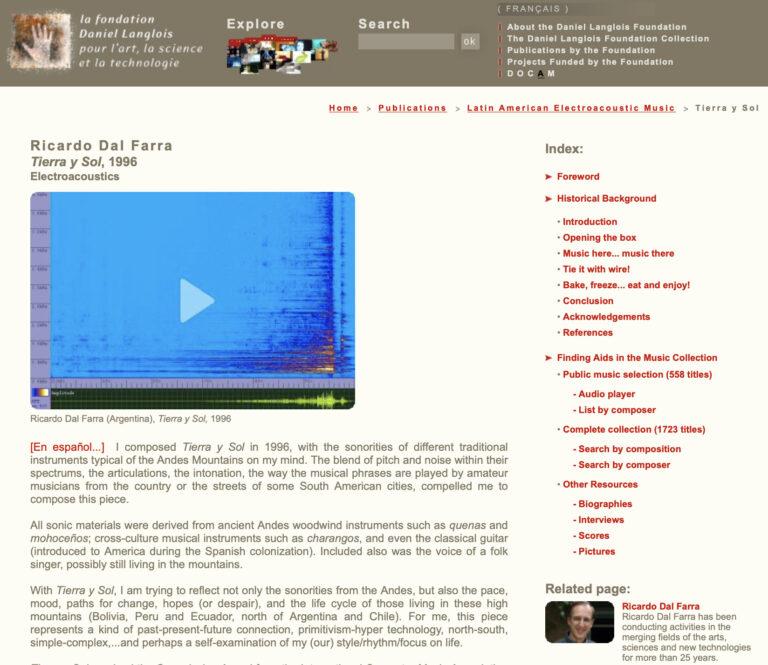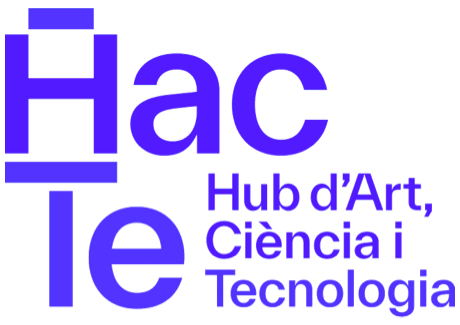'Paper'
← 'Paper'
June 10thShort papers / Memory’s death… or the desire of immortality

- Abstract: Who tells history? We can find multiple versions about the electronic art history, most of them with subtle differences, but it has been unusual -until a few years ago- to find references pointing to countries out of a small group from Europe and North America. Several projects have been developed to change that situation. The Latin American Electroacoustic Music Collection, hosted by The Daniel Langlois Foundation for Art, Science and Technology, represents an example of the relevant role and the impact that the archival of electronic artworks and its public access can play in having another perspective on history.
The archive includes compositions for fixed media (tape, DAT, CD, HD, or similar) as well as mixed works for acoustic instruments or voices and fixed media or live electronics/interactive systems. The Latin American Electroacoustic Music Collection, with over 1,700 digital recordings of compositions by almost 400 composers, and accompanied by photographs, scores, interviews, a trilingual historical essay and over 200,000 words in its database, is today a key resource in the field, being consulted extensively and helping to transform the usual perception of “ownership” that exists related to some countries with respect to the electronic art history.
The Latin American Electroacoustic Music Collection has recovered and made visible (and listenable) the creative work of many electronic artists otherwise almost forgotten. It has defied the wish of immortality and the hegemony of the electronic art history narrative, breaking one of the memory’s death roads and slowly shifting and widening the way the history of electroacoustic music is being understood. Archiving and disseminating electronic and computer art history findings is crucial to comprehending the present and building our future.
- Biography: Dr. Dal Farra is professor of electronic arts and music at Concordia University, Canada, and director of the electronic arts center CEIARTE-UNTREF, Argentina. He is Founder of the international symposia Balance-Unbalance (BunB) and Understanding Visual Music (UVM). Dal Farra has been director of Hexagram in Canada, coordinator of the Multimedia Communication national program of the Federal Ministry of Education in Argentina, senior consultant of the Amauta New Media Art Centre of Cusco in Peru, and researcher of UNESCO, France, for its project Digi-Arts. He designed university and high school programs in art-science. Ricardo created the Latin American Electroacoustic Music Collection hosted by the Daniel Langlois Foundation, Canada. He is a board member of ISEA International, and of Leonardo (MIT Press), Organised Sound (Cambridge Press), and Artnodes (UOC) editorial boards. With a Ph.D. in Arts, Dal Farra is a composer and artist specialized in transdisciplinary actions with science and emergent technologies.
⟵ Return to 'Paper'





